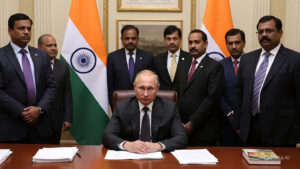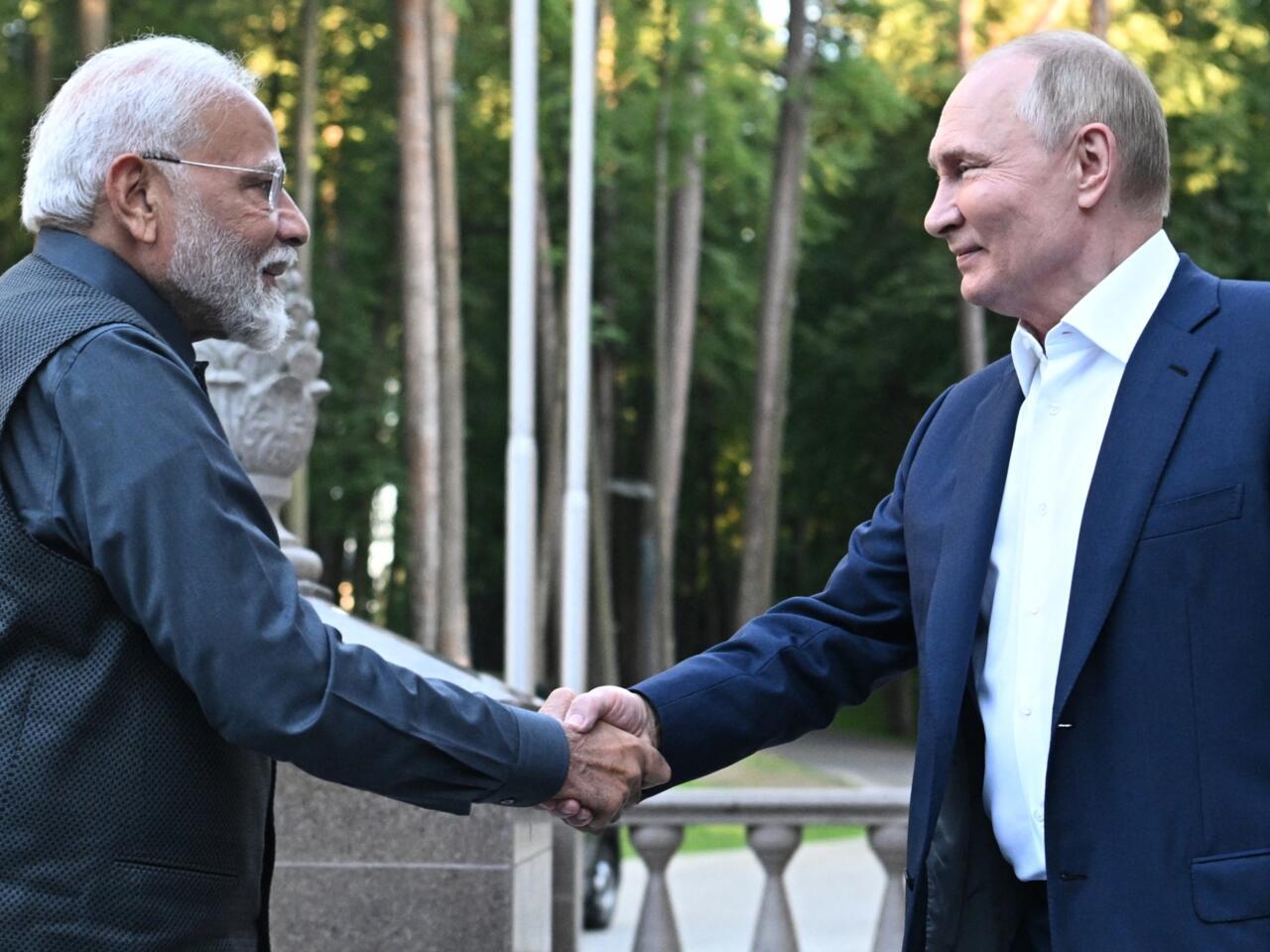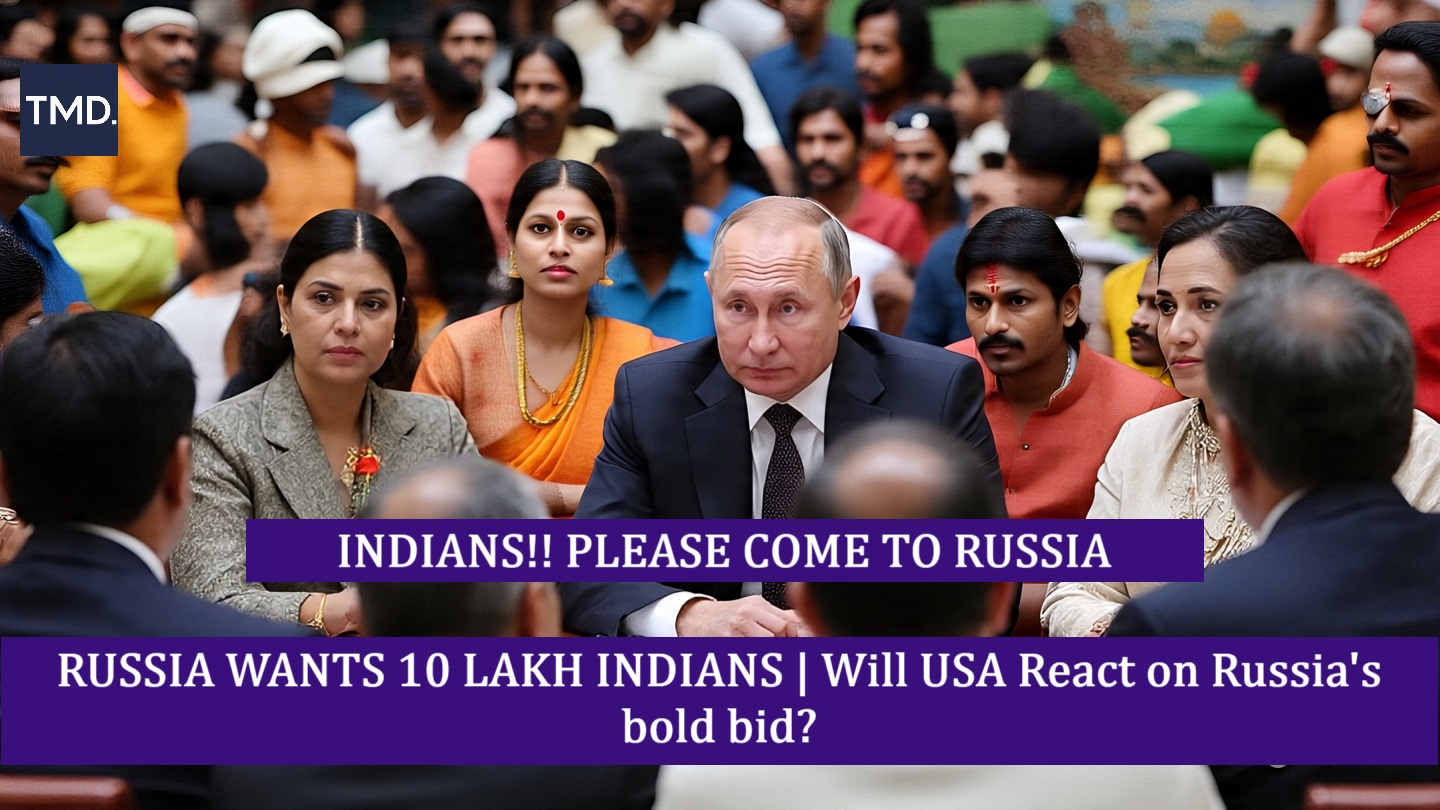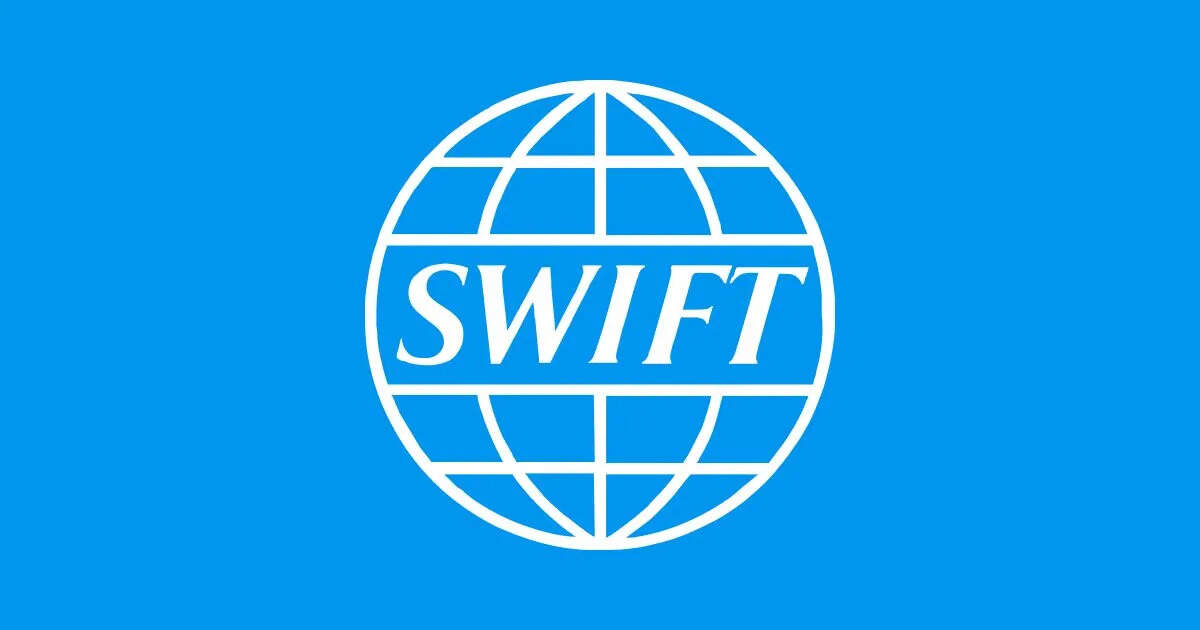Russia’s Need for 10 lakh Indian Workers
Russia has openly stated its need for one million 10 lakh Indians as workers, becoming the second country after Israel to do so. A major shift is happening in global labour and international relations. This is a huge move that will reshape how countries work together. Russia urgently needs these workers because it faces a severe job shortage. In May 2025, Russia’s unemployment rate was a record low of 2.2%, showing a big lack of available workers in key industries.

Experts predict Russia will need at least 3.1 million more workers by 2030, with some saying it could be as high as 11 million to keep its economy strong. Russia’s population, about 144.8 million in early 2025, is shrinking, with more deaths than births in 2024. This severe demographic issue means Russia desperately needs foreign talent for its development plans, including building new cities.
On the flip side, India has a vast and growing pool of skilled people. The number of Indians working abroad has tripled from 6.6 million in 1990 to 18.5 million in 2024. These workers send a lot of money home, boosting India’s economy. In FY 2024-25, India received a record $135.46 billion in remittances, making it the world’s top recipient for over a decade. This money mainly comes from skilled workers in places like the US, UK, and Singapore.
The workers are expected to travel to Russia, primarily to the Sverdlovsk region, which is centrally located in the country. This move is considered the largest labour movement between India and Russia to date. With Russia’s urgent need for workers and India’s large workforce, this massive labour movement could truly transform both nations.
Filling the Gaps: Why Russia Needs Help
Russia’s worker shortage has multiple causes. Its population has been shrinking for years, and the Ukraine conflict has pulled many working-age men into the military. Also, younger Russians are less interested in factory and industrial jobs. Key industrial areas, like the Sverdlovsk region—a vital centre for Russia’s military and heavy industries—are struggling. Factories making metals, machinery, and other goods, along with construction firms, can’t find enough staff.
This direct engagement challenges Western sanctions against Russia. The primary issue is the payment mechanism for these workers, as Russia is currently cut off from the global SWIFT payment system. This means a new payment system between India and Russia would need to be established to facilitate these transactions, which is why Vladimir Putin is likely visiting India. It’s important to understand that paying Indian workers with rupees from oil purchases is not practically feasible because those payments go to Russian government companies, while different companies would employ Indian workers.
To help with this large-scale migration, a new Indian consulate will open in Yekaterinburg, Sverdlovsk’s capital, to support the incoming workers. Plans are also underway for language and skill training in India, preparing workers for jobs in Russia, showing both countries are serious.
Global Politics: India’s Balancing Act
This new worker cooperation happens in a complex global environment. Western countries, especially the US, would not accept this development. They have placed strong economic penalties (sanctions) on Russia due to the conflict in Ukraine. India, however, has chosen to remain neutral, prioritising its national interests. This has allowed India to deepen economic ties with Russia, particularly in energy. Trade between India and Russia hit a record $68.7 billion in FY 2024-25, a big jump from before the conflict. Most of this growth is due to India buying massive amounts of Russian crude oil—around 2.08 million barrels per day in June 2025, about 40% of India’s total crude imports.
China, India and Brazil – You’re About to Get Hurt Big Time: GOP Hawk Lindsey Graham on his Anti-Russia Bill
“The big offender here is India, China and Brazil. India buys oil from Russia, cheap and resells it. That’s despicable. I’ve talked to President Trump”. pic.twitter.com/1YR7hvRHgm
— Dhairya Maheshwari (@dhairyam14) July 14, 2025
This has drawn criticism from Western countries. There are increasing statements against India in the US, particularly concerning India’s continued oil purchases from Russia. US Senator Lindsey Graham criticised India’s actions as “despicable.” (CLICK HERE TO READ MORE). Graham also mentioned a Russia Sanctions Bill that proposes a 500% tariff on India if it continues to purchase oil from Russia. India is being specifically targeted despite China purchasing significantly more oil from Russia. Another reason for the US targeting India could be the possibility of India purchasing fifth-generation fighter jets from Russia, as the chances of acquiring F-35s have decreased.

Furthermore, ongoing tensions in the Middle East, particularly concerning Israel and Iran, could further increase India’s reliance on Russian oil, exacerbating the situation with the West. This situation puts India in a tough spot, balancing its strong ties with Russia against its growing relationships with Western powers.
For the Workers: Benefits and Worries
For India, this large worker migration presents both significant benefits and considerable challenges. On the positive side, it creates many jobs for its huge youth population, especially skilled and semi-skilled workers. The substantial remittances sent back to India would further boost its economy. This draws a parallel with India-US relations, where Indian workers in the US contribute significantly through remittances. It’s worth noting that the US recently imposed a 1% tax on remittances, which he believes will likely increase over time. This new opportunity could diversify India’s labour export destinations, reducing reliance on traditional markets and potentially improving working conditions globally.

However, there are real risks. A primary concern is the welfare and protection of these migrant workers. With Russia largely cut off from the global SWIFT payment system, creating a secure way for workers to send money home is crucial. Details about wages, living conditions, and integration into a new, often harsh environment will need careful oversight from both Indian and Russian authorities. Reports of varying pay and delays for some existing Indian workers in Russia highlight the need for a meticulously structured framework to ensure fair treatment and prevent exploitation. Beyond money, adapting to the Russian language, severe weather, and a different culture will be tough. Comprehensive consular support and legal safeguards are key to their success and well-being.
Looking Ahead: The Future of India-Russia Ties
If successful, India allowing one million workers to go to Russia would permanently transform India-Russia relations. Russia’s ongoing demographic issues and vast, underpopulated regions like Vladivostok suggest a continuous and even growing need for foreign labour. Russia might eventually need 4-5 million Indian workers, especially for regions like Vladivostok, where connectivity is scarce. This long-term reliance could make India an indispensable strategic partner for Russia, solidifying their bond for decades.
Such a large movement of people would also affect global labour migration, possibly creating a new corridor for skilled labour between Asia and Europe. For India, it would further establish its role as a major global talent supplier. India’s strategic value to Russia would grow significantly, leading to a deeper, more intertwined relationship capable of withstanding outside pressures. The US understands that millions of Indian workers in Russia would elevate India-Russia relations to the “next level,” significantly multiplying Russia’s geopolitical importance to India. While Western nations might view this closer cooperation with concern, it shows the evolving global order where countries, driven by their own needs, form new partnerships that don’t always follow traditional alliances.
To get more updates, visit: The Morning Draft.


